On March 22, we’ll be celebrating the 23rd anniversary of the original Resident Evil. That game’s release began an unexpected franchise for Capcom, which went on to span seven direct sequels, 14 spin-offs, and three computer-animated films set in the same universe as the games.
Over the course of those two decades, Resident Evil has become justly infamous for its story. Even the simpler games in the series tend to be a hodgepodge of betrayals, conspiracies, secret government organizations, evil corporations, surreal architecture, mad scientists, and, of course, exploding helicopters.
Explaining the overarching plotline of Resident Evil often sounds like you’re talking about a lost season of 24 that involves a zombie outbreak. It’s all further complicated by Capcom’s history of, let’s say, interesting storytelling decisions.
Surprisingly important background details are often thrown in a file that’s deliberately hard to find, locked behind collectibles, or stuck in Japan-only supplemental materials that don’t get officially translated for years afterward, if at all. It’s a degree of deliberate, unnecessary complexity that you usually don’t see outside of American superhero comics.
Much of the time, this goes back to several behind-the-scenes issues at Capcom, particularly early on:
- many core games go through multiple wildly different versions of themselves during development
- RE’s head writer, Noboru Sugimura, passed away in 2005
- the somewhat acrimonious departure of series creator, Shinji Mikami, in 2006
- multiple creative teams and writers, many of whom don’t last for more than one game
Because of the chaos around the series, Resident Evil is littered with abandoned plot arcs, forgotten characters, canceled projects, and untold stories.
However, in the last few years, Capcom has made a distinct effort to mine that history through the newer games in the franchise. Resident Evil 7, in its final couple of hours, connects its storyline to a mysterious organization that was last mentioned in 2000’s Resident Evil: Code Veronica.
2015’s Resident Evil: Revelations 2 features Moira Burton, who first appeared as a child in an obscure file in the original 1996 Resident Evil, and while 2012’s Resident Evil 6 was a mess, it brought back Sherry Birkin after 13 years.
It’s been a little over a month out from Capcom’s successful remake of Resident Evil 2, and the rumor mill has begun to churn regarding what’s next for the series.
With that in mind, here are 10 of the most potentially interesting plot hooks that could appear in future RE titles, including Resident Evil 8. These are plot points that Capcom has introduced, then proceeded to leave alone for at least a couple of years, if not a decade or more.
Naturally, this article involves major spoilers for many of the games in the Resident Evil series.
10. “Jenny K”
The first four games in the Resident Evil series are all about dealing with the underground activities of the megacorporation Umbrella, which was a billion-dollar drug company by day, weapons manufacturer by night.
After all four of those games ended with characters walking off into the sunset, promising to bring down Umbrella, it was eventually taken out by a government lawsuit, rather than one last heroic adventure, according to the opening text crawl of Resident Evil 4.
Of course, it wasn’t quite that simple, and several later games dealt with the events that surrounded Umbrella’s closure.
Near the end of Resident Evil 5, you can find Spencer’s Notebook, a file that discusses the measures Spencer took to protect his interests after Umbrella was shut down, which included having the rest of Umbrella’s executives quietly assassinated.
There was one exception: “Jenny K,” who disappeared without a trace.
Every high-ranking Umbrella executive we’ve seen in the series so far has been a billionaire psychopath with a plan for world conquest. Jenny K, whoever and wherever she is, is the last survivor of Umbrella’s original upper echelon, and she could show up again at any time as a new, major player.
9. The Raccoon City Testing Ground
2003’s Resident Evil: Outbreak was at least a few years ahead of its time. It was a four-player cooperative survival horror game, which was mostly held back by the PlayStation 2’s technology barrier and janky matchmaking.
Outbreak wasn’t confirmed as part of Resident Evil canon until relatively recently, when a few references to it appeared in RE7, the RE6 prequel manga Marhawa Desire, and the 2019 RE2 remake. Now that we know it definitely is canon, it means that one strange scene in Outbreak is suddenly relevant.
After you complete “Decisions, Decisions,” there’s a bonus scene after the closing credits. It shows that, a month after the bomb dropped at the end of Resident Evil 3, an unspecified agency has set up a laboratory in the ruins of Raccoon City.
Whoever the organization is, it’s conducting tests and has gone to the trouble of making sure its lab doesn’t show up in aerial photographs of the area. As the setting for a back-to-the-beginning plot, this has a lot of promise, particularly since we don’t know who or what was running the lab.
8. Steve Burnside
2000’s Resident Evil: Code Veronica is an interesting sort of mess. It came out on the Dreamcast after a troubled development history, and has a lot of weird quirks that are particular to that period of game design.
Among all of its other missteps, like that glass cannonball “puzzle” near the end, its biggest is arguably Claire’s NPC sidekick, Steve Burnside. A trembling ball of Matrix shout-outs and adolescent angst, with the most Canadian accent this side of Bob & Doug McKenzie, Steve creates almost exactly as many problems as he helps the player solve.
In the end, he’s infected by the ant-derived T-Veronica virus, mutates into a lizard monster, and dies in Claire’s arms.
That’d be it for Steve, except his body is subsequently stolen by Albert Wesker, who tells Claire that there’s a chance Steve might come back from the dead someday, just as Wesker himself had.
That was 19 years ago. Since then, Steve’s name hasn’t come up outside of a flashback level, set during the events of Code Veronica, during 2009’s Darkside Chronicles.
It’s probably safe to assume that Steve got thrown into a meat locker somewhere and forgotten. That being said, HCF, Wesker’s mercenary squad from the same game, was mentioned in Resident Evil 7, and that’s far more obscure than Steve was.
It’s also worth mentioning that Steve was infected in late 1998 with a virus that, according to the main plot of Code Veronica, takes a full 15 years to mature, and it’s been longer than that in-universe. Not only could Steve still come back at some point, but he could have bizarre new powers and abilities when he does.
Steve Burnside riding back into the series on top of his giant ant steed, firing a submachinegun into the air with either hand, might be the kind of crazy nonsense he needs to overcome nearly 20 years of fan jokes about how awful he is.
7. Corporate Masterminds
It’s been a plot point in the series for a long time that Umbrella was the leader in the bioweapons industry, but wasn’t the only company in the business. There are multiple other companies working with the T-Virus, and their version of corporate warfare usually involved mercenary squads and quiet assassinations.
A lot of these companies have popped up in the series over the years, and they usually end up somehow dismantled by the end of their first appearance.
Resident Evil 5‘s Tricell is officially dead by the time of Revelations 2, which is set two years later, and the vaccine manufacturer Wilpharma goes out of business after the events of the 2008 film Resident Evil: Degeneration.
Currently, the last identified corporation in the bioweapons black market is a Chinese company called Shen Ya, which was introduced in the 2015 Heavenly Island manga. It had a well-funded paramilitary force working for it, as well as a particularly dangerous undercover agent, although none of them survived the events of the manga.
With mainland China in bad shape following the events of Resident Evil 6, the time may soon come for Shen Ya to consider expansion. There’s also the Connections, the criminal syndicate responsible for creating Eveline in Resident Evil 7; “Blue Umbrella,” the original Umbrella reincarnated as a black-market weapons dealer, as seen in the notoriously poor Umbrella Corps; and whatever other companies might still be waiting in the wings.
6. The Remnants of the FBC
The Federal Bioterror Commission was the American organization that predated the BSAA, Chris Redfield’s anti-bioweapon task force that first appeared in Resident Evil 5.
In 2011’s Resident Evil: Revelations, it’s revealed that the original version of the FBC was basically one step up from park rangers, and was virtually powerless. To fix that, the FBC’s commissioner, Morgan Lansdale, purchased a handful of bioweapons on the black market and duped a small-time terrorist group into using them to take out an entire city in 2004. A year later, and thanks to the ensuing panic, the FBC is a well-funded and respected international task force, with Lansdale as its dictatorial leader.
Thanks to Chris Redfield and Jill Valentine, this is eventually brought to light and Lansdale is sent to jail. The FBC’s assets and personnel get folded into the BSAA, which turns it into the international organization it’s become by the start of RE5.
However, in 2015’s Revelations 2, one of the major twists is that Claire’s friend and boss, Neil Fisher, is still loyal to Lansdale. Fisher has a plan to set off another large bioterror event in order to bring back the FBC, and it fails spectacularly.
There’s every chance that Lansdale, wherever he wound up, has a few more obsessed underlings out there, and any one of them might be willing to start another serious outbreak in order to prove that Lansdale was right, bringing about another interwoven plot for a future Resident Evil installment.
5. The Other Wesker Children
2009’s Resident Evil 5 told the origin story of the series’ primary antagonist, Albert Wesker. It turned out that he was one of 13 children who were products of Umbrella’s secret “Wesker Project,” which was named after its chief researcher. Its goal was to create a more advanced breed of human through a winning combination of brainwashing, child endangerment, and genetic engineering.
The other 12 Weskers were named in RE5’s Lost in Nightmares DLC, including Albert’s “sister” Alex, who would go on to be the villain of 2015’s Resident Evil: Revelations 2.
Since both of the Weskers shown in the series so far are brilliant mad scientists with personal body counts like a natural disaster, it could be inferred that the other Wesker kids would be similarly gifted and/or damaged.
According to Revelations 2, however, the other 11 Wesker kids are all dead. Although that information comes from Alex, a somewhat unreliable narrator, one of the primary characteristics of Weskers is that they don’t stay dead.
After all, Albert famously got his spine clawed out by an angry Tyrant in the very first Resident Evil, and Alex dies twice in Revelations 2.
Therefore, any time Capcom feels like it, they’ve potentially got another 11 backup Weskers on deck, ready to continue their family legacy of smugness and murder for another console generation.
4. The Family
One of the more infamous details of 2012’s Resident Evil 6 is the existence of “The Family,” an international conspiracy that draws its influence and power from financial manipulation. Its primary goal is maintaining the global status quo for the sake of continued profit.
Derek Simmons, one of the major antagonists of RE6, is a member of The Family, and considering the organization’s stated goals, he couldn’t have failed harder on a bet. Not only does he have the U.S. president assassinated as part of a major bioterror attack, but Simmons’ girlfriend Carla Radames nearly ends the world just to spit in his face.
The Family is barely a presence in RE6 outside of Simmons, Carla, and a couple of stereotypical Men in Black (the conspiracy-theory version, not the ones from the Will Smith movies), one of whom shoots Carla dead near the end of Chris’ game.
As a theoretical “final boss” for the Resident Evil series, however, you couldn’t do much better than The Family. The series has run heavily off of conspiracies and underground organizations since nearly the beginning, and The Family, which is basically the Illuminati with its serial numbers filed off, is depicted as the ultimate conspiracy.
3. The Biosphere
The setting of Resident Evil is an Earth a lot like our own, with much of the same history and culture, a few different nations, a couple of extra cities, and a biosphere that is intensely warped.
From the very first game in the series, the T-Virus has been capable of infecting just about anything organic. We’ve seen it turn humans, crows, dogs, crocodiles, sharks, spiders, insects, bats, elephants, lions, tropical birds, and even plants into zombies, mutants, and monsters.
In1998’s Resident Evil 2, there are several files explaining that the mansion from the first game was located in the middle of a national forest. As far as the T-Virus is concerned, that’s one big infection vector, conveniently located somewhere in the American Midwest.
In subsequent games, there have been biohazard incidents involving the T-Virus or one of its derivatives all over the world. Here are just a few instances:
- Resident Evil 6 ends with a massive bioterror attack with the C-Virus on the Chinese mainland
- An ocean liner full of infected humans goes down in the middle of the Pacific Ocean in 2002’s Resident Evil: Dead Aim
- The wreckage of Terragrigia in the Mediterranean Sea is still heavily contaminated at the start of 2011’s Resident Evil: Revelations
- the T-Veronica virus is let loose in the South American rainforest during the main story levels in Resident Evil: The Darkside Chronicles
There’s even a handy map at the start of the Degeneration movie (see above) that highlights 27 separate bioterror attacks spread out across six continents, all before 2005, when the movie takes place.
What this means is that in the Resident Evil universe, the T-Virus and a couple of its later derivatives have been loose in its biosphere for years. Capcom’s already laid the groundwork for monsters or outbreaks to show up virtually anywhere on Earth at any time, without any need for a villain to set them loose.
2. The Umbrella Archives
Several of the scenarios in 2007’s Resident Evil: The Umbrella Chronicles are about Albert Wesker, as he tries, initially fails, and eventually succeeds at stealing the only remaining backup of Umbrella’s cumulative research data.
The next time we see him in series continuity, Wesker is incredibly rich — he has his own personal stealth bomber in Resident Evil 5 — and has been quietly selling bioweaponry to dictators and lunatics around the world.
After his death, however, it’s never been established what happened to Wesker’s archives. This includes the single most valuable thing in Wesker’s arsenal, the P30 drug, which is about as close to an actual super-soldier serum as the series has ever had. It’s why Jill is a mind-controlled superhuman assassin on Wesker’s team in RE5 and Marvel vs. Capcom 3. P30 in particular would be the most valuable bioweapon in the Resident Evil franchise, and it isn’t even close.
The hunt for where Wesker stashed his personal research archives could be fuel for a world-spanning adventure, trying to keep his most dangerous secrets out of the hands of the last people who should have them.
1. Natalia Wesker
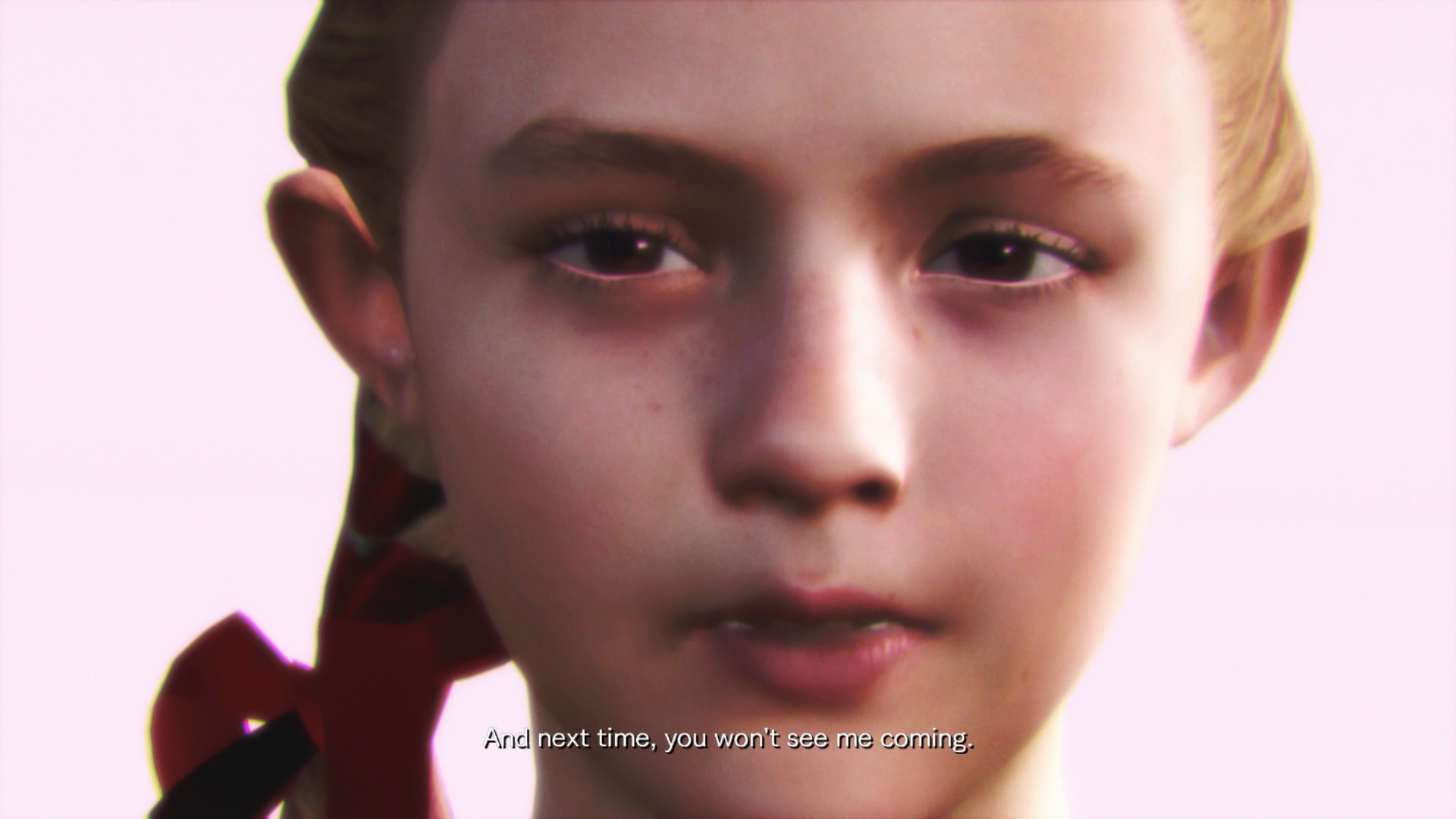
Even in the “good ending” of Resident Evil: Revelations 2, Alex Wesker has technically won. Her plan throughout the game is to “test” various survivors to see who would make a good host for a copy of her memories and personality, allowing the terminally ill Alex to cheat death.
While it doesn’t quite go according to plan for the original Alex, she does manage to capture 10-year-old Natalia Korda and imprint her personality on Natalia’s brain. Six months later, Natalia already has abilities and memories she can’t explain, and two years after that, in Revelations 2‘s epilogue, it seems as if Alex has begun assuming full control.
This plotline would provide the series with a new primary antagonist in the wake of Albert Wesker’s death, and one who’s been growing up in Barry Burton’s household for the last few years. Not only does that imply she’d have a lot of weapons training now, but it means that she’s already undercover.
“Natalex” prepared for all of this six months beforehand. She also has substantial financial resources, a brilliant mind, and no scruples whatsoever. Forget all of the conspiracies and monsters: the scariest thing in the Resident Evil franchise as of right now could conceivably be a teenage girl.
Of course, Capcom might decide to ignore any or all of these for another decade or come up with something entirely new. What’s impressive, however, is the sheer amount of potential that’s still left in the series after all these years.


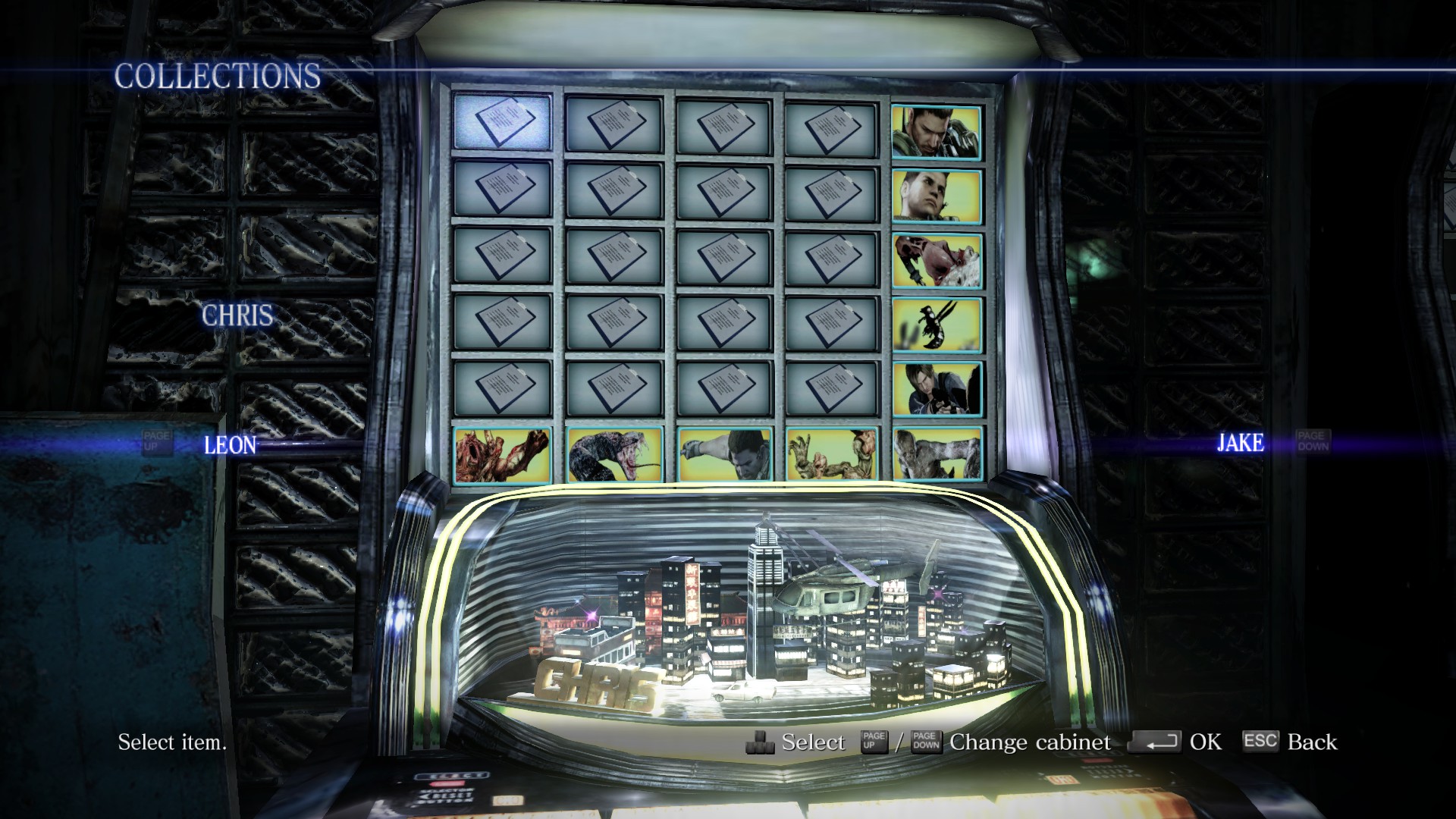
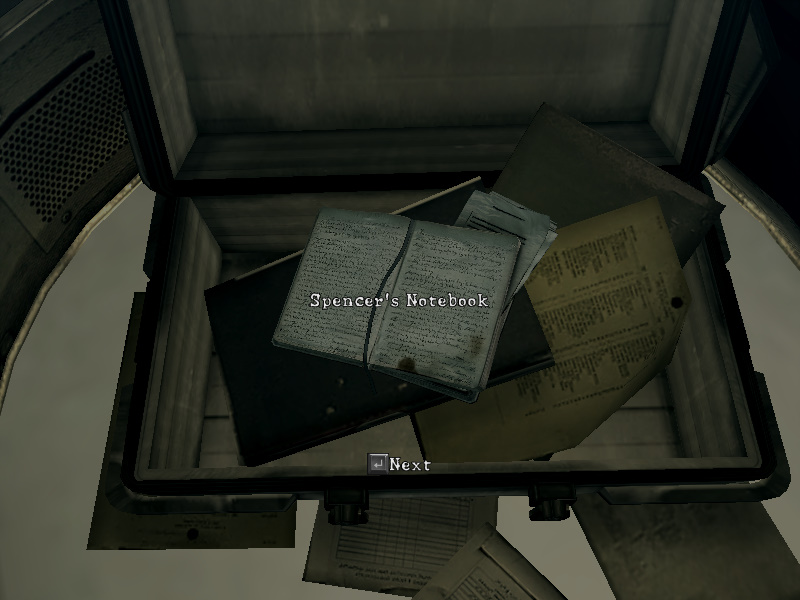
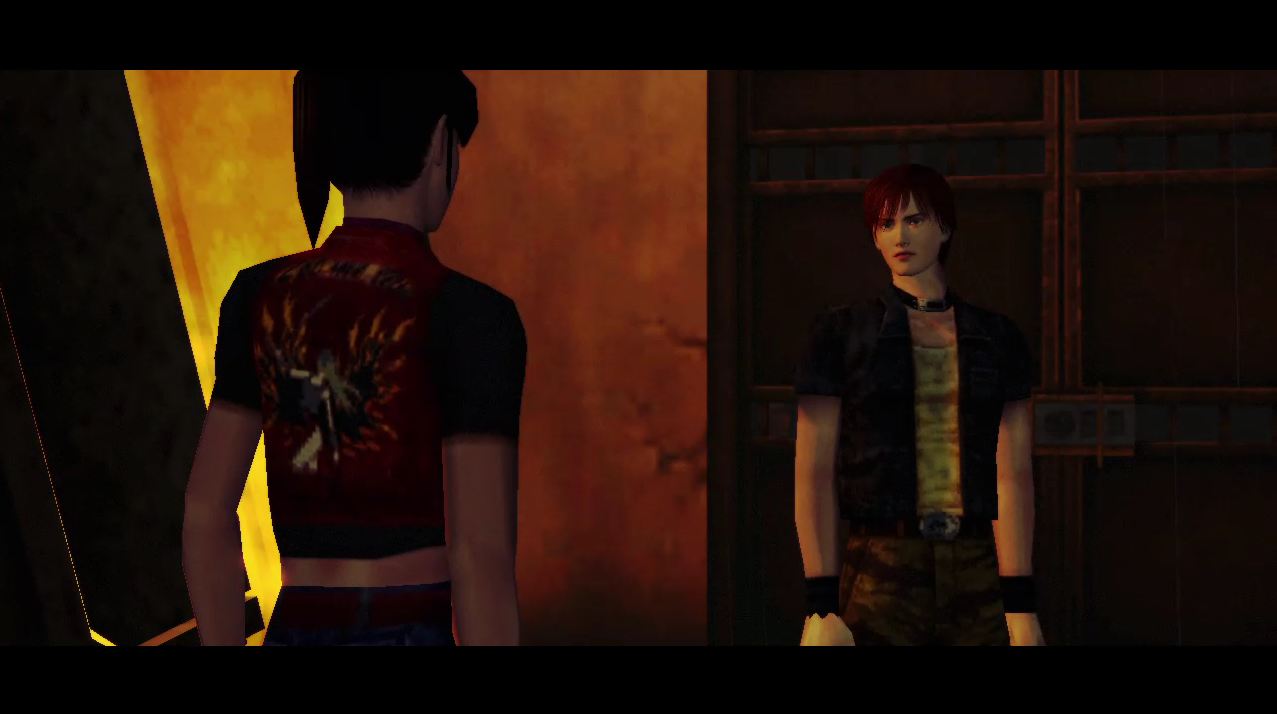

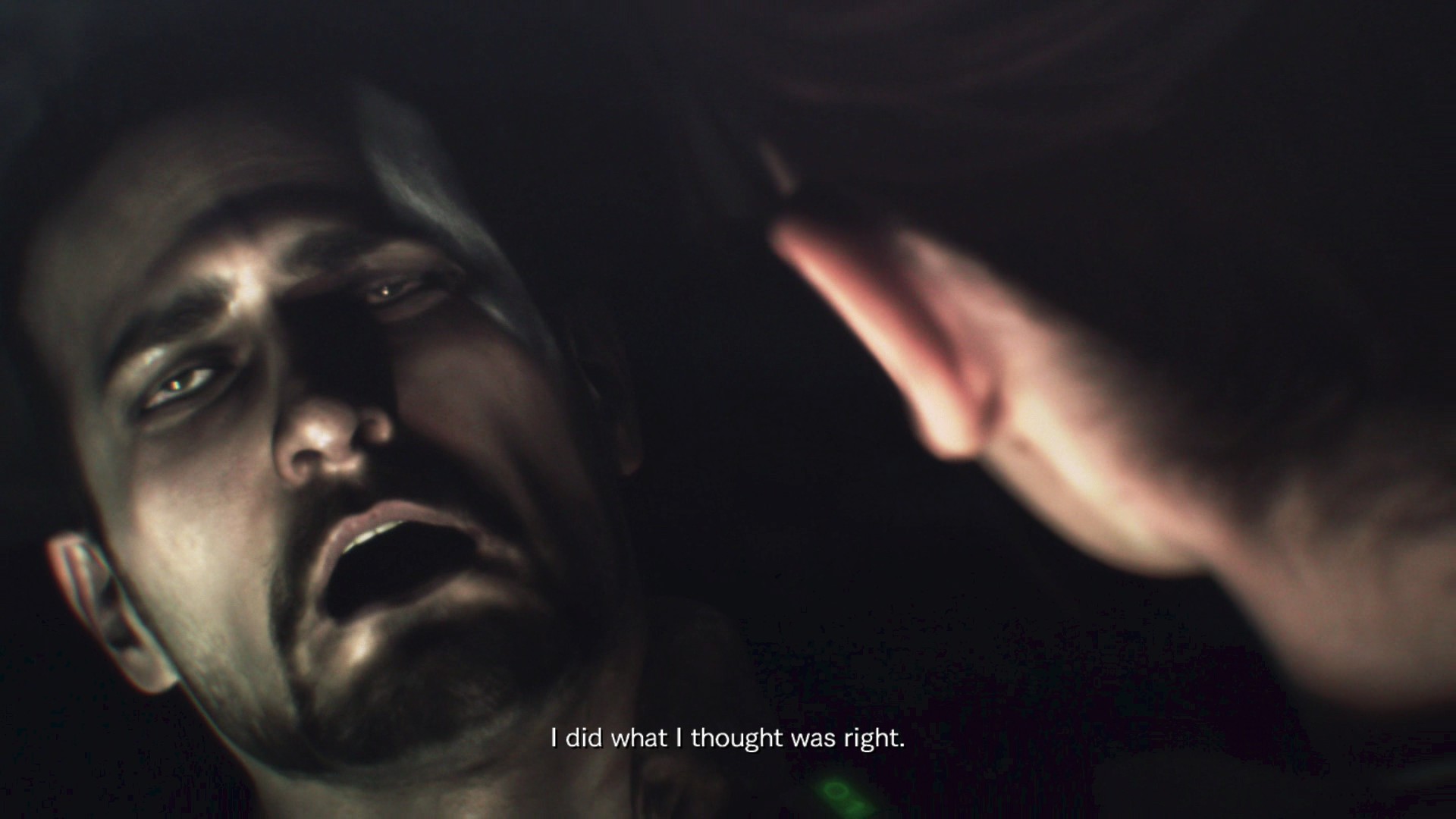
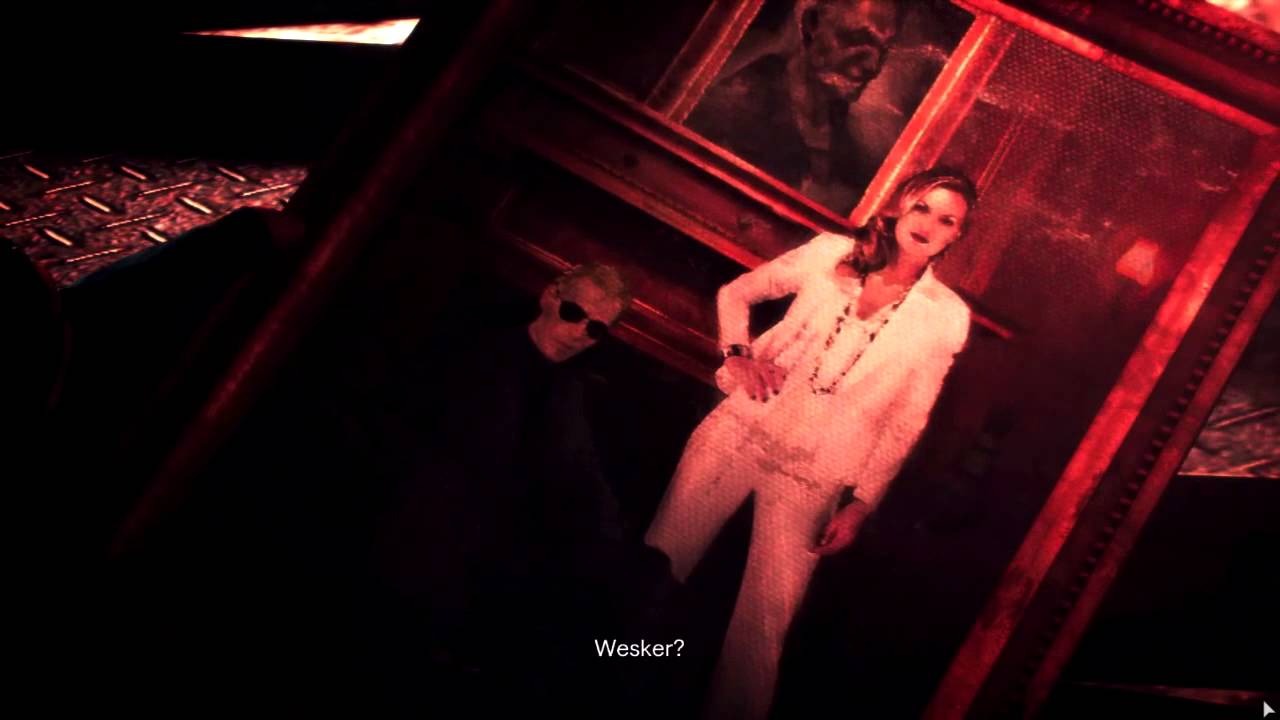
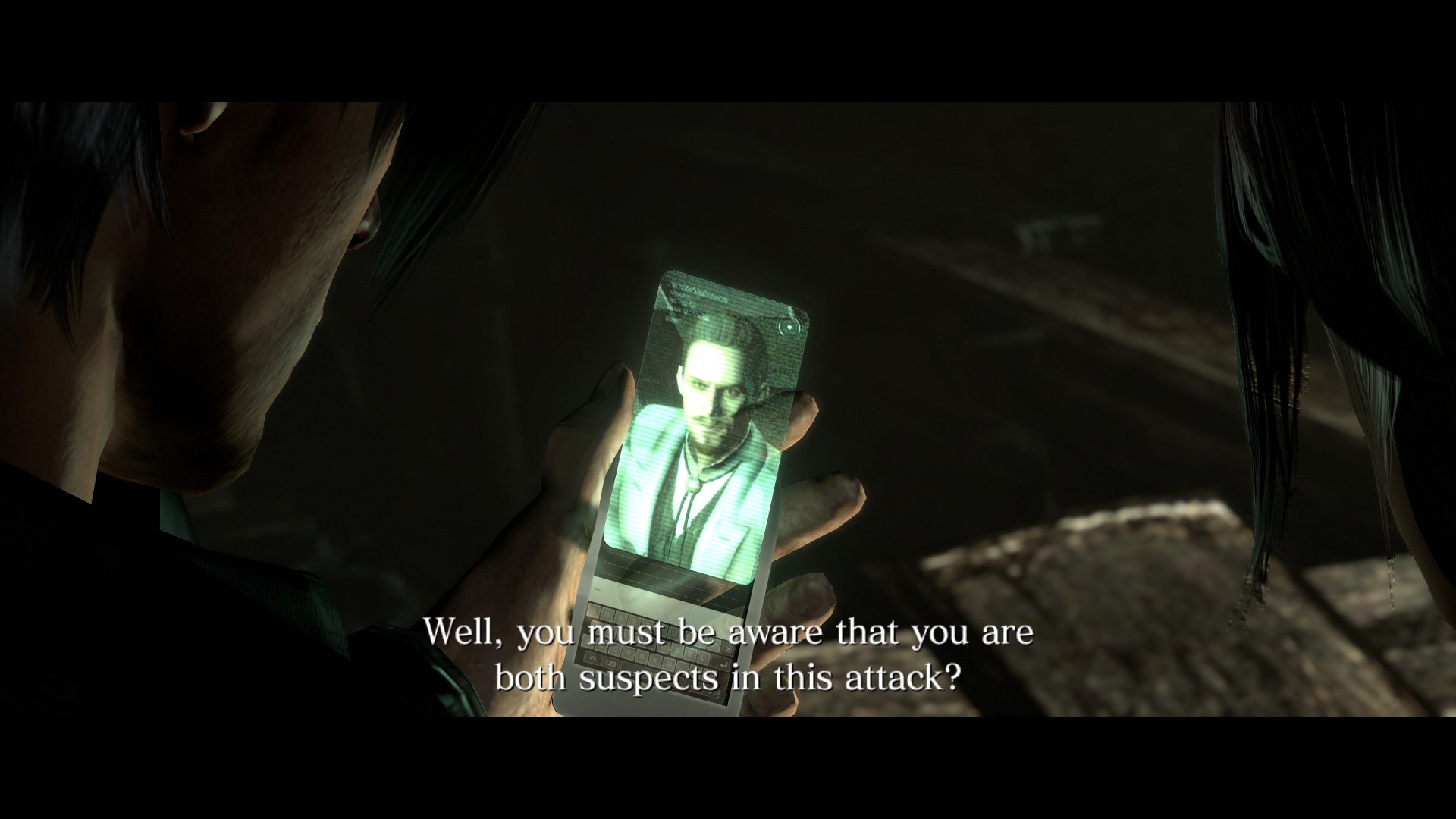






Published: Mar 6, 2019 12:51 am